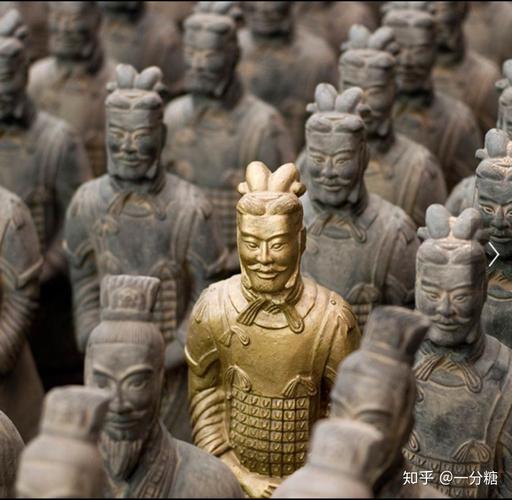
Were the Terracotta Warriors Modeled After Real People?
The Terracotta Army, discovered in 1974 near Xi'an, China, is a vast collection of life-sized terracotta sculptures depicting the armies of Qin Shi Huang, the first emperor of China. One of the enduring questions surrounding these figures is whether they were modeled after real soldiers, or if they were products of artistic imagination. While there's no single definitive answer, a close examination of the evidence suggests that the Terracotta Warriors were likely inspired by real individuals, even if not perfectly replicated.
Evidence Supporting Real-Life Inspiration:
- Individualized Features: Each warrior boasts unique facial features, hairstyles, clothing, and postures. This incredible level of detail suggests that artists weren't simply following a template; they were striving to capture individual likenesses.
- Facial Variations: From the shape of the eyes and noses to the presence of wrinkles and mustaches, no two faces are identical. This points to a conscious effort to depict a diverse group of individuals rather than create uniform figures.
- Hairstyles and Headwear: The warriors exhibit a variety of hairstyles and headwear, likely reflecting the different ranks and regional origins of soldiers within the Qin army.
- Armor and Clothing: The armor pieces, their arrangement, and the draping of the clothing vary significantly, indicating attempts to portray the specific attire of various military roles and ranks.
- Anatomical Accuracy: Many scholars have noted the anatomical accuracy of the Terracotta Warriors. The proportions of the bodies, the musculature, and even the positions of the hands and feet suggest a strong understanding of human anatomy. This attention to detail supports the theory that the artists were working from real-life models.
- Historical Practices: The practice of burying symbolic representations of armies and attendants with deceased rulers was not uncommon in ancient China. It's plausible that Qin Shi Huang, known for his ambition and desire for immortality, would have sought to create an even more realistic and impressive representation of his army for the afterlife.
The Concept of a "Real" Underworld Army:
These related studies indicate that the terracotta warriors were intended to constitute a “real” underworld army to serve the first emperor in the netherworld after his death, as if he was alive. The constructed artificial army was more likely the substitution of his real army. The emperor's desire for a "real" underworld army, one that could protect and serve him in the afterlife, further strengthens the argument that the Terracotta Warriors were based on actual individuals.
Conclusion:
While conclusive evidence might never be found, the weight of the available evidence suggests that the Terracotta Warriors were likely inspired by real people. The sheer number of figures, the individualized features, the anatomical accuracy, and the historical context all point to a strong connection between the sculpted army and the actual soldiers who served under Qin Shi Huang. The Terracotta Army, therefore, stands not only as a testament to the artistic skill of ancient China but also as a potential window into the faces and lives of the individuals who made up the emperor's vast army.
Q&A:
Q1: Why were the Terracotta Warriors made?
A1: The Terracotta Warriors were part of a massive funerary complex built to accompany the first emperor of China, Qin Shi Huang, in the afterlife. They were intended to serve as his guardians and symbolize his power and authority even in death.
Q2: How were the Terracotta Warriors made so realistic?
A2: The realism of the Terracotta Warriors can be attributed to the skilled craftsmanship of the artisans who created them. They likely used a combination of techniques, including molding, sculpting, and firing clay at high temperatures.
Q3: Are the Terracotta Warriors hollow or solid?
A3: The Terracotta Warriors are largely hollow, which helped prevent cracking during the firing process and made them lighter and easier to transport and assemble.